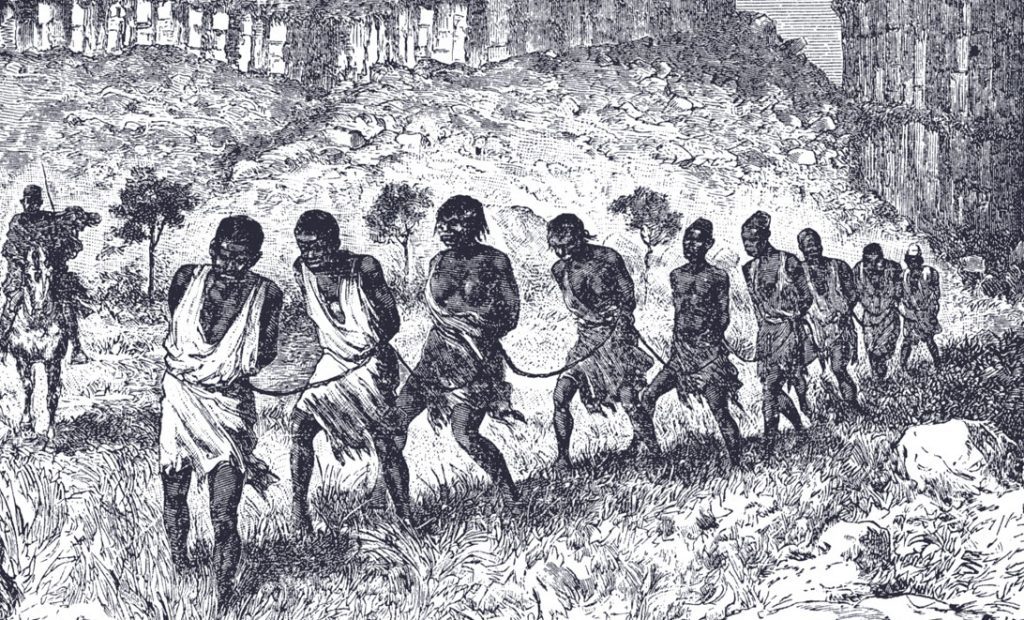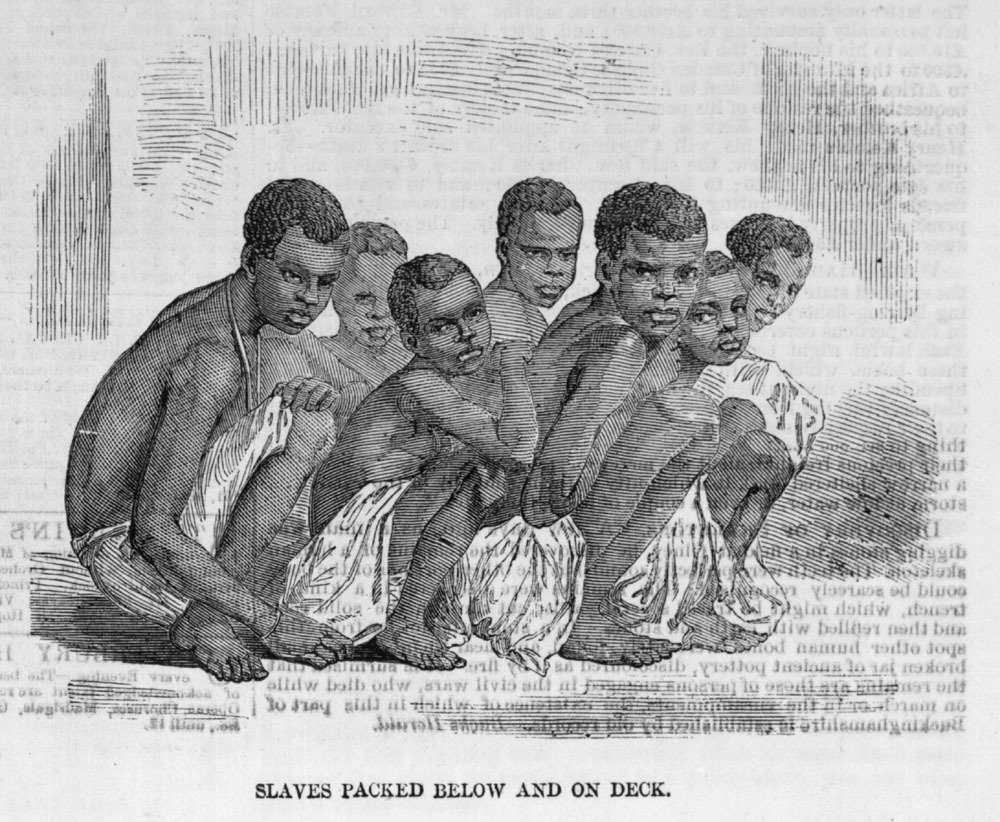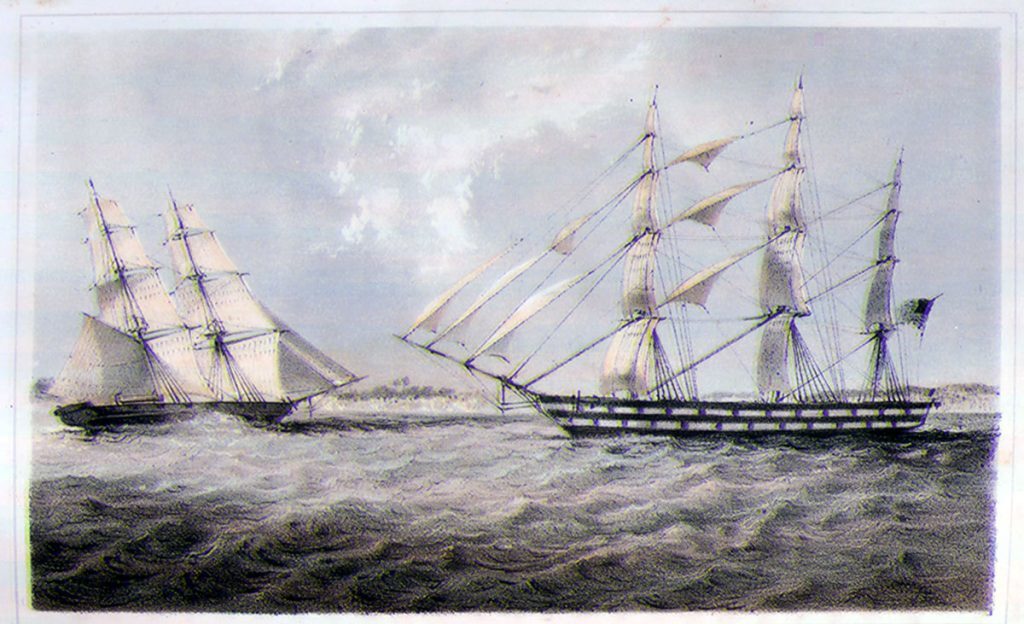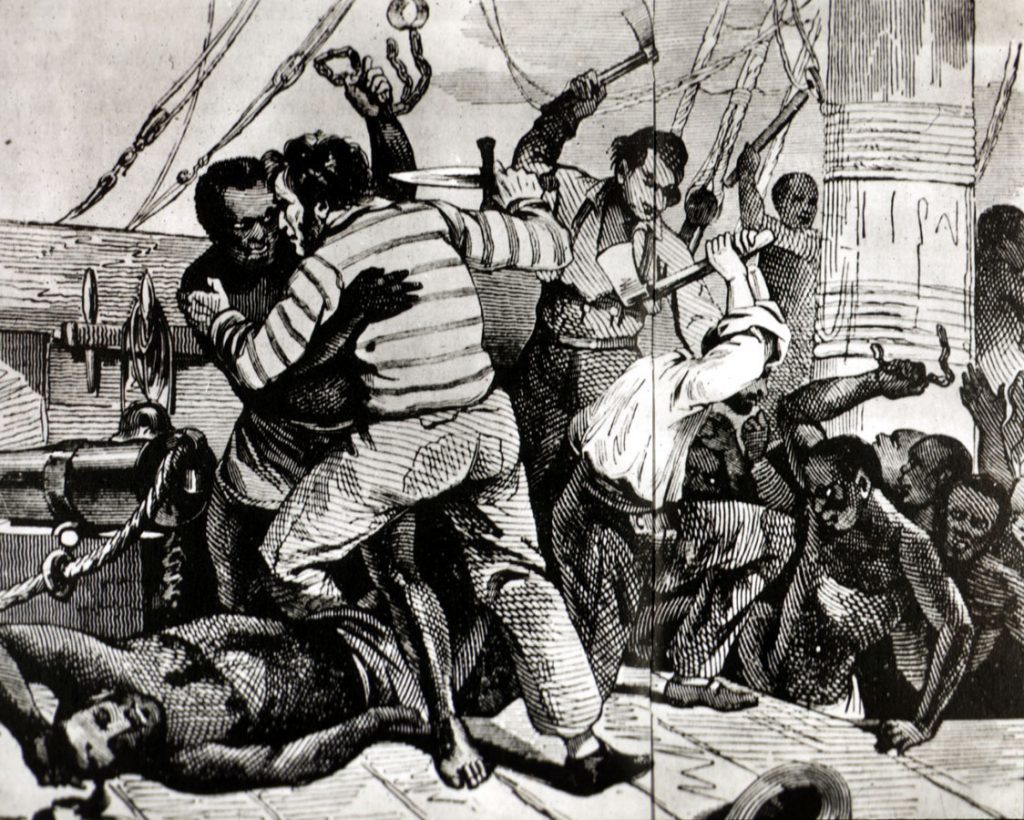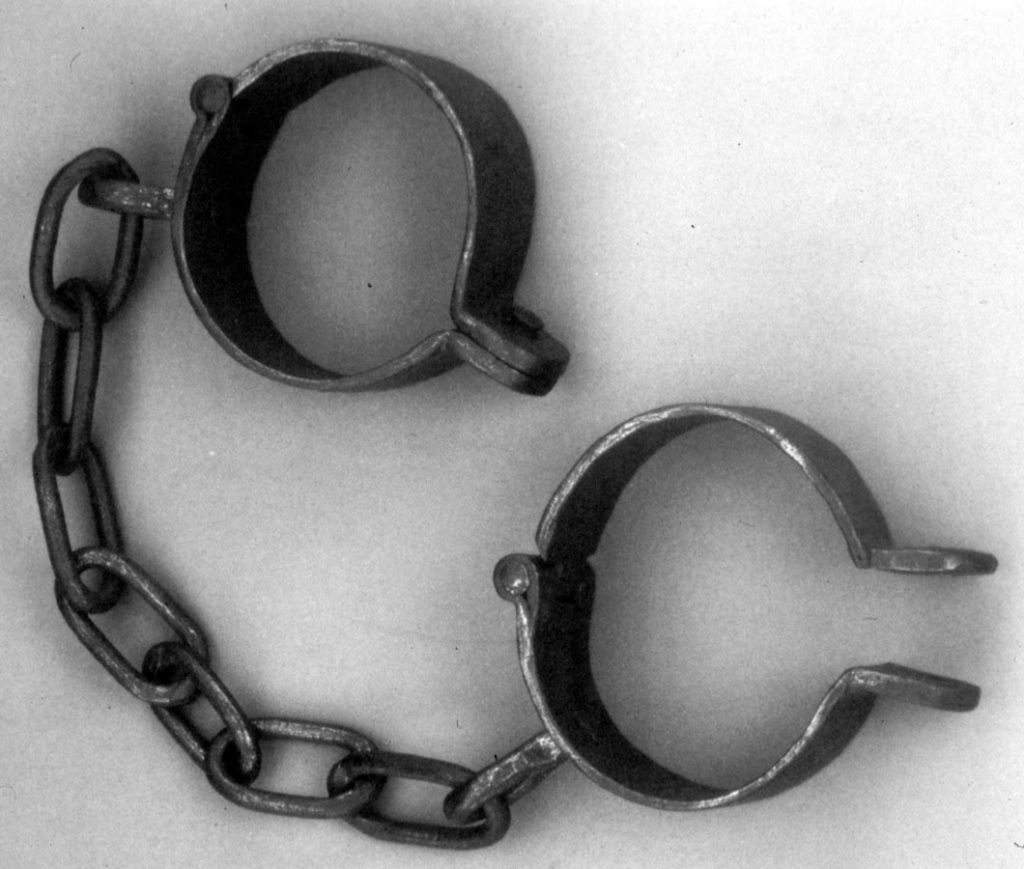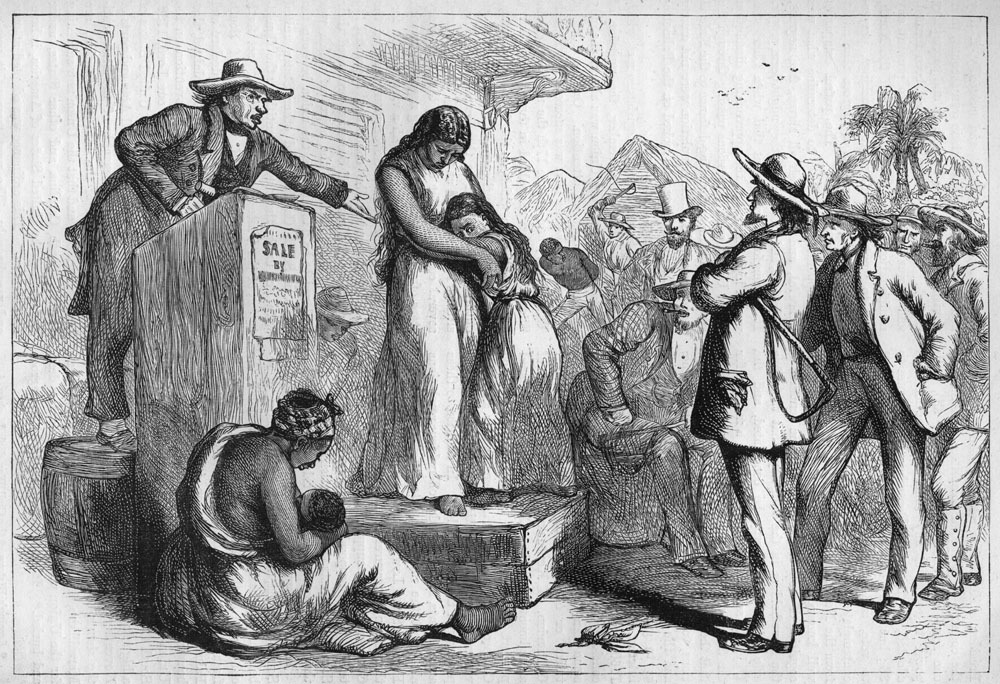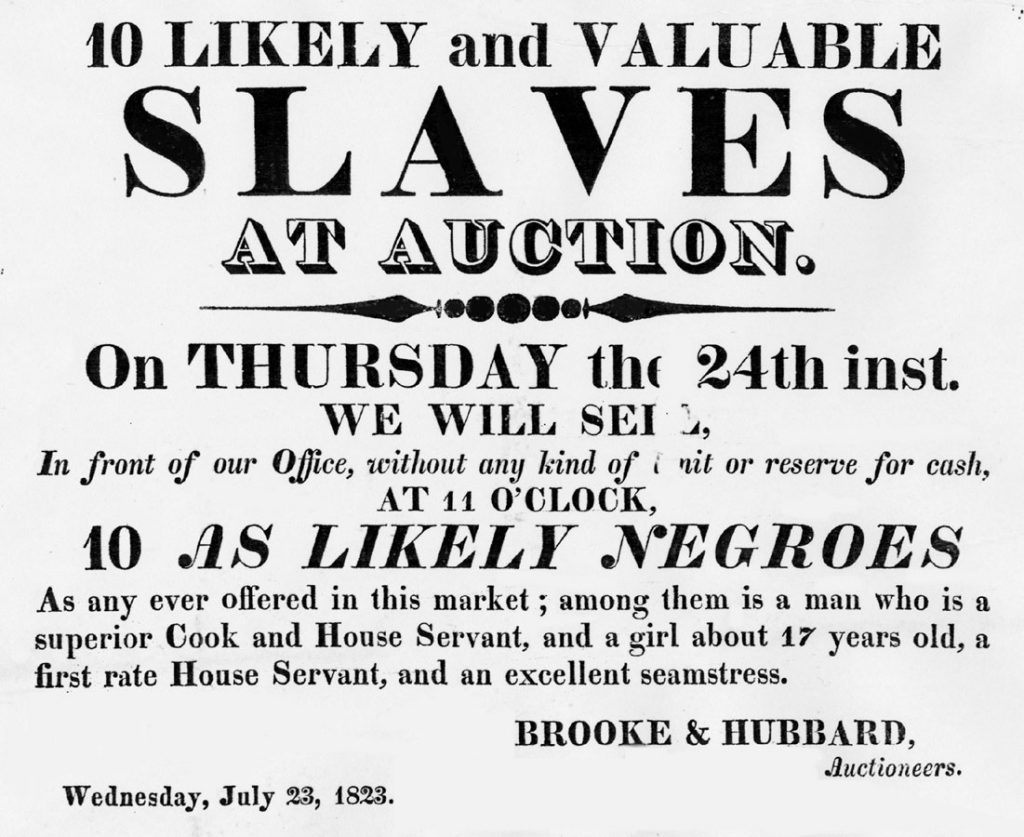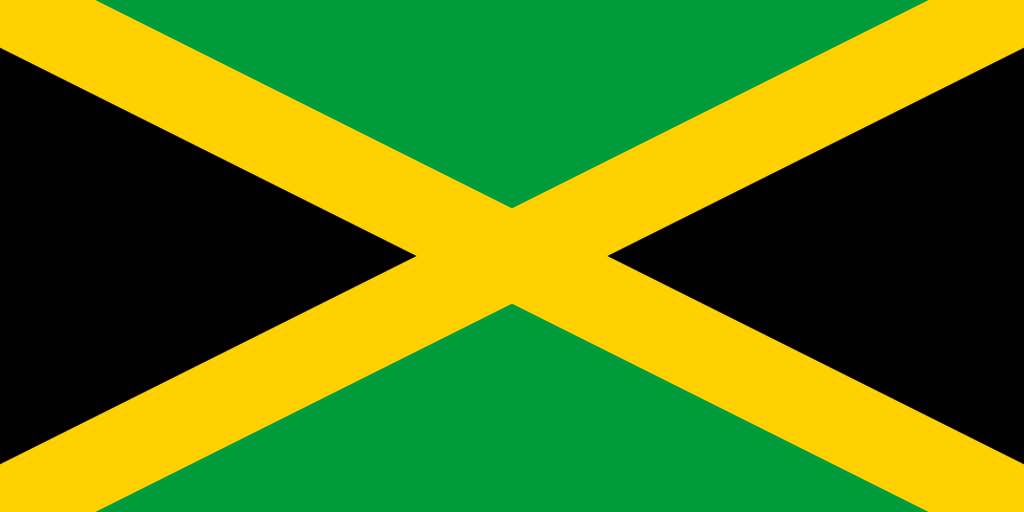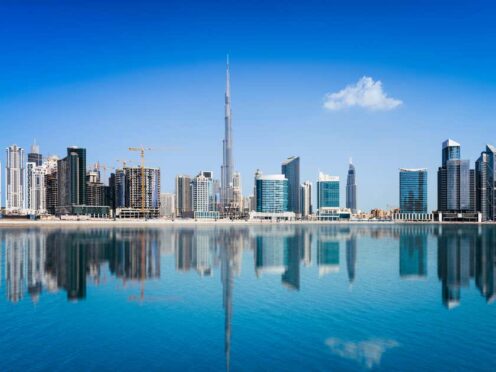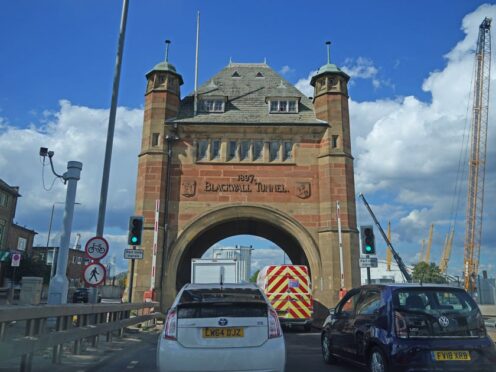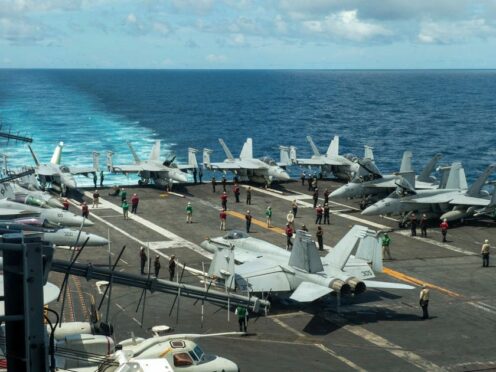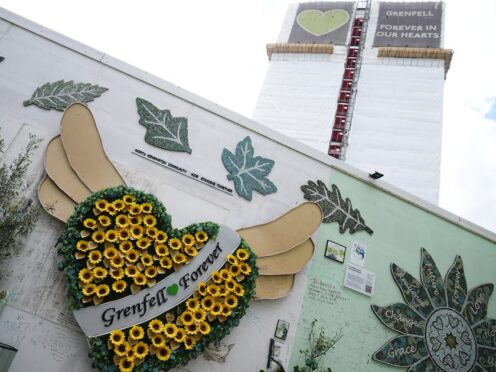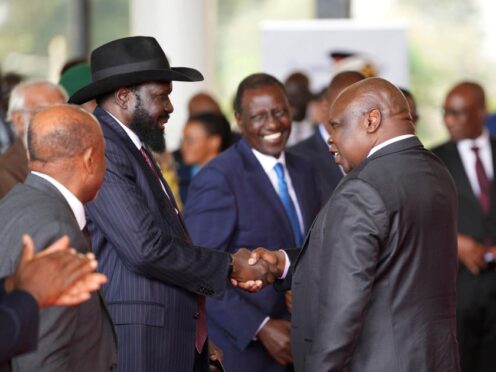The close association between Angus ports and the transatlantic slave trade is revealed in a BBC radio documentary hosted by Newport-based broadcaster Billy Kay. Michael Alexander reports.
For well over 300 years European countries forced Africans onto slave ships and transported them across the Atlantic Ocean.
Whilst Portugal was the first nation to engage in the Transatlantic Slave Trade from the late 1400s, historians have calculated that British ships carried 3.4 million or more enslaved Africans to the Americas between 1562 and the abolition of the Slave Trade in 1807.
But much less known is the depth of Scotland’s – and in particular Montrose and Angus’ – connection to the slave trade, according to Newport-based broadcaster Billy Kay who is presenting the final part of a major six part series for Radio Scotland exploring Scotland’s Black History.
The title It Wisnae Us is taken from a recent book by Dr Stephen Mullen of Glasgow University, and refers to the denial and deflection many people react with when confronted with uncomfortable and brutal aspects of their past.
But Billy concludes that it “wis us” and that Scotland has to be at one with that history to move forward as a modern inclusive, egalitarian nation in the 21st century.
“The depth of Scotland’s Black History will surprise you,” said Billy.
“The first person to be arrested for wearing Highland dress after Culloden was a black man, the first black radicals in London were black Scots, a black teacher ran a school in a remote Borders parish with the support of the community while the Kirk’s own school failed, and the court of James IV had a coterie of black entertainers.
“Paisley had a popular black weaver who published an autobiography.
“All of these people have descendants who are now white.”
Originally aired in 2003, the revised series, available in full on iPlayer until November 5, explored Scotland’s substantial involvement in the slave trade, and Scotland’s ownership of sugar plantations in the West Indies, described by leading Scots historian Tom Devine as among the most brutal in the Empire.
The final new programme, being aired on November 16, highlights the four ships from Montrose directly involved in the slave trade.
But that was just part of the story. There were up to about 30 more Montrose ships involved in tobacco trade with Virginia which was of course very much dependent on slave labour.
The Rossie Estate was an example of wealth founded on slavery, the programme says, and the financial rewards of slavery are still reaped by the wider establishment as money permeates modern investments today.
“For a long time the seaports of Angus were guilty of denial but recent research is revealing substantial involvement in Montrose,” Billy said.
Hospitalfield in Arbroath recently curated artist Graham Fagen’s show which explored the subject creatively, and this too is explored in the programme.
One document buried in the National Library of Scotland archives for centuries, is the book a ‘Narrative of an Unfortunate Voyage to the Coast of Africa’, written by Arbroath sailor Thomas Smith and published locally in 1813.
What Smith describes is an international story as he travels first of all to Dundee then to London and Africa, down the Guinea coast.
He describes a dramatic rebellion that takes place on his ship, and the journey on to the Caribbean before coming back to Arbroath via Amsterdam.
Carnoustie-based historian Lisa Simmons describes the misery endured by slaves. She said: “The trade was concealed because it happened out of sight, out of mind.
“People loading ships in Montrose would be loading salted fish or processed tobacco.
“They would then sail to Europe and sell these.
“It all appeared above board to anyone looking in from outside. They would then pick up goods in Europe, sail down to the Gold Coast, sell their goods there, then pick up slaves – and that’s where the money was made. The ships of course were not built for passengers so the conditions would have been horrendous.”
To add to their misery, the Negros, as they were referred, were circumcised as soon as they were placed on the ships and loaded with heavy iron chains.
Ten would be chained together, fastened by the necks, hands and feet and marked with a burnt iron on the right hip – cruelty in the extreme.
Smith described how slave ship sailors separated slave men from slave women. You might think this was to be decent. But it was actually to make women more vulnerable. They were open to the wanton and unrestrained licentiousness of the crew.
The abuse continued when the ships arrived in Kingston, Jamaica, and for the rest of the women’s lives.
Colonial gentlemen came on board and purchased the best looking girls and took them away with them.
There was effectively a rape culture going on as female slaves with no power over their own bodies were beaten and abused with some kept for the sexual gratification of Scots plantation owners.
Records make no reference to their African history but instead record slave names such as Dundee, Angus and Aberdeen – named after their plantation owners.
The women were seen as breeding machines – producers of babies to become more slaves, ranked alongside cattle, pigs and sheep.
It’s not all negative, however.
The programme concludes with a look at a positive Scottish contribution to Jamaica when John McGhie explains how his father, the Reverend William McGhie came to design the flag of a proud and independent Jamaica and based it on his beloved Scottish saltire.
As Scotland looks at what kind of future it wants, Billy Kay says there’s a strong need to re-assess our historic links with empire and race.
He added: “This has always been a difficult subject but one which we have to confront as a people determined to acknowledge every aspect of our history – not just those where we were either heroes or victims. It Wisnae Us? Aye it wis, and we should never forget it!”
*It Wisnae Us – airs on BBC Radio Scotland at 1.30pm on November 16. Previous episodes are available in full on iPlayer until November 5.
